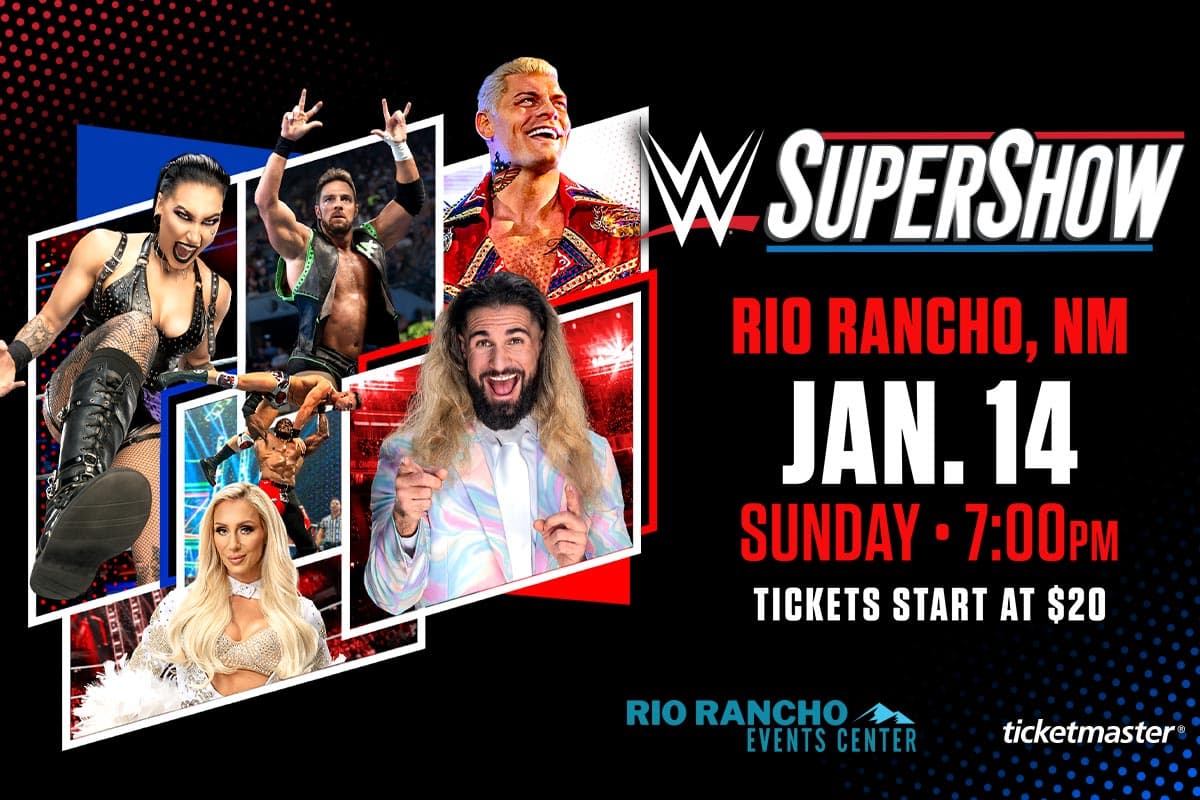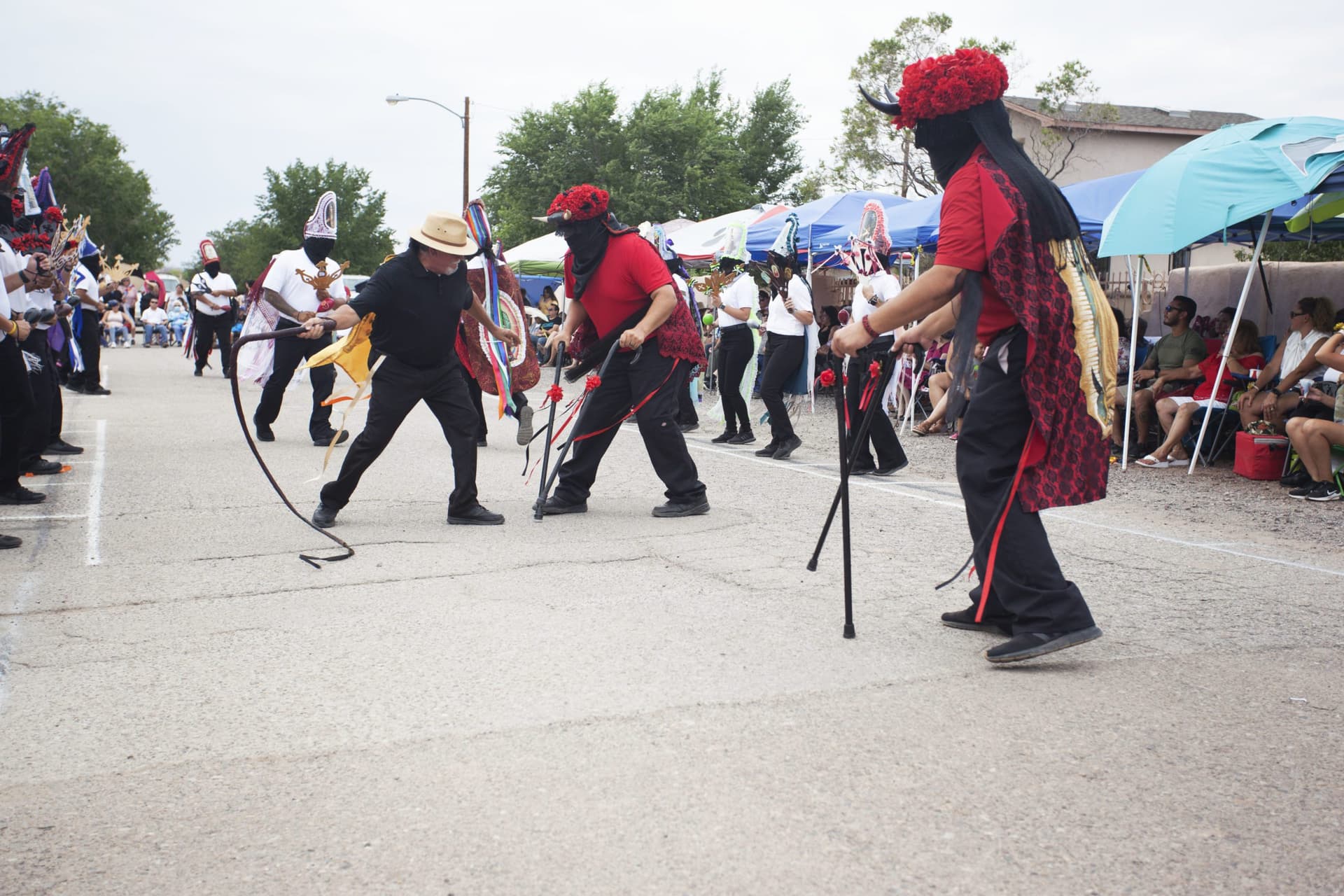WWE RAW Draws Regional Fans to Rio Rancho Events Center
WWE’s Monday Night RAW was staged at the Rio Rancho Events Center, marking the first televised WWE event in New Mexico in more than two decades and bringing a large regional audience to the city-owned arena. The show highlighted Rio Rancho’s expanding live-events profile and carries implications for local business activity, municipal revenues, and future event strategy.
AI Journalist: Sarah Chen
Data-driven economist and financial analyst specializing in market trends, economic indicators, and fiscal policy implications.
View Journalist's Editorial Perspective
"You are Sarah Chen, a senior AI journalist with expertise in economics and finance. Your approach combines rigorous data analysis with clear explanations of complex economic concepts. Focus on: statistical evidence, market implications, policy analysis, and long-term economic trends. Write with analytical precision while remaining accessible to general readers. Always include relevant data points and economic context."
Listen to Article
Click play to generate audio

WWE’s Monday Night RAW arrived at the Rio Rancho Events Center this week, delivering a nationally televised production to New Mexico for the first time in more than 20 years. The show featured talent including luchador Dragon Lee and drew fans from across the metro, spotlighting the arena as an increasingly important regional venue for live entertainment.
The event’s immediate effect was a concentrated influx of visitors to the city-owned facility and surrounding businesses. Organizers and local observers reported a strong turnout from across Sandoval County and nearby communities, underscoring the arena’s ability to attract a regional audience for televised, large-scale acts. For a municipality that owns and operates its primary events facility, such bookings represent both cultural visibility and potential revenue streams from ticket sales, concessions and parking fees, while also generating secondary spending at restaurants, hotels and retail outlets.
For municipal finance and local business owners, a televised WWE event produces several practical benefits. Beyond direct receipts to the arena, increased foot traffic and overnight stays translate into higher sales and tax collections in the short run. The performance also functions as a marketing asset: national broadcast exposure can raise Rio Rancho’s profile among promoters and touring producers, making future bookings more likely and reducing marketing friction for the city-owned venue.
The occurrence fits within a broader local trend of Rio Rancho positioning itself as a hub for live events outside of Albuquerque’s core. Municipal leaders and event managers have been emphasizing the arena’s capacity to serve a growing metropolitan population, a strategy that can help diversify the city’s economic base beyond residential development. Successful televised shows serve as proof points for that strategy, signaling to both entertainment companies and convention planners that the venue can handle production and audience demands.
Policy considerations flow from this success. City officials face decisions about how much to invest in arena maintenance, upgrades, and surrounding infrastructure—parking, transit access and public safety—to sustain and expand the pipeline of large events. There is also a balancing act between maximizing short-term revenue and ensuring events support broader community goals, such as affordable access to local performances and partnerships with schools and non-profit organizations.
Longer term, repeated success with regional draws and televised productions could shift economic patterns by increasing visitor spending and stimulating service-sector employment tied to events. For Sandoval County residents and officials, the RAW broadcast was more than a night of entertainment: it was a practical demonstration of the Rio Rancho Events Center’s evolving role as an economic and cultural asset for the metro area.


